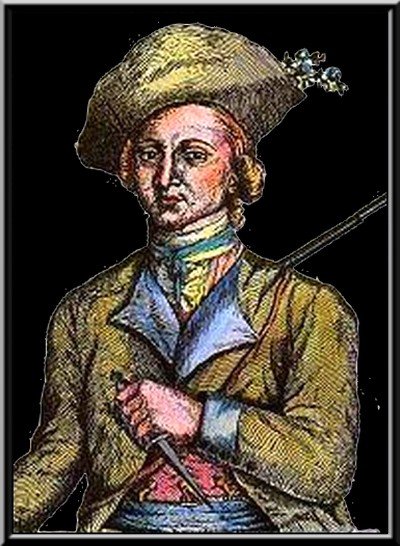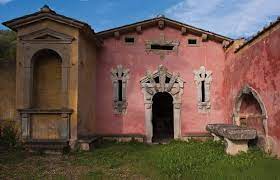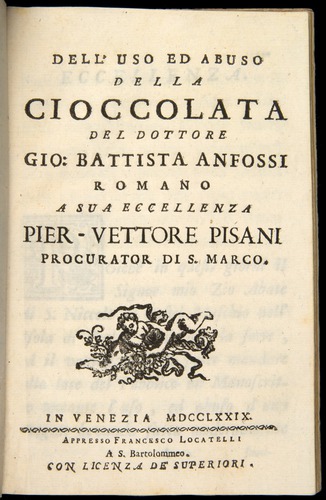
Gaspard Bouis was born in Besse-sur-Issole on 9 February 1757. It was during a visit to the village by recruiting seageants that Gaspard, no doubt under the influence of alcohol typically employed by the military in those time, signed up for the French army. The following day, once the effects of the drink wore off, he realised he had made a huge mistake. But as he had already signed the contract, either he joined the unit or became an outlaw. He chose the latter course of action and thus entered history.
To protest against the methods of justice applied in this pre-revolutionary period, Gaspard, nicknamed Gaspard de Besse by the people of Provence, decided to organise a raid to free Joseph Augais, found guilty of fraud with respect to the salt tax (gabelle). Augais would become one of Gaspard’s lieutenants, as would Jacques Bouilly, who also escaped in this raid.
The band organised itself and specialised in attacks on stagecoaches. A few anecdotes soon forged the reputation of this bandit: whenever he robbed a tax collector, the highwayman returned the money to those who had been taxed. And if his motto was “Frighten, but never kill”, when one of his men cut off the finger of a lady to steal her ring, Gaspard did not hesitate to shoot him dead with his pistol.
While these adventures were taking place, the French were building up to their Revolution and generally supported this defender of the poor. Gaspard de Besse found refuge everywhere from the authorities and also seemed to be everywhere. There was not an inn, not a ravine, not a cave in the region that had not seen the passage of Gaspard and his band. The man was both brilliant and elegant, pleasing to women but much less to their husbands! Was he finally denounced out of jealously? Whatever the case, Gaspard and his two lieutenants were arrested at Valette-du-Var and sentenced to death by the Parlement de Provence. The execution took place in Aix. Elise Malherbe, niece of the French poet, was in the crowd and witnessed the event. “He walked to his death as if it were a feast, replying with grateful salutes to the kisses blown to him by the crowd. He asked to be allowed to wear his town finery for the occasion. I did not want to see any more…” Gaspard and his two friends were put to death by means of the roue (wheel) on 25 October 1781. None of them had reached the age of 30………
At the Grotte de Gaspard, an exhibit on the life and times of Gaspard de Besse offers a further insight into his character.










